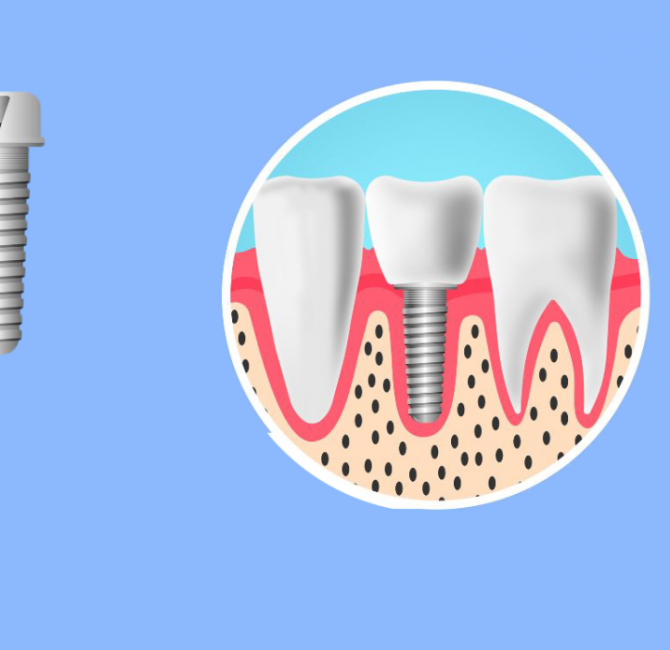Gingivitis occurs in half of the population by age four or five and almost 100% at puberty. Periodontal examinations and risk assessments are important elements of comprehensive and periodic oral examinations of pediatric clients. Differentiating between normal physiological changes during growth and development from periodontal diseases enables accurate diagnoses and prevents unnecessary treatment. Maintaining periodontal health during childhood and adolescence facilitates periodontal health at older ages. Early recognition and diagnosis of periodontal diseases help ensure successful treatment by reducing etiological factors, implementing appropriate therapies, and developing effective maintenance protocols.
This best practice document is a resource for clinicians to guide periodontal diagnosis, risk assessment, and management of pediatric clients and those with special healthcare needs.
The document reviews and provides recommendations to assist clinical decision-making in a variety of areas, including:
- Managing factors and conditions that increase the risk of periodontal disease and pathologies.
- Planning treatment, such as nonsurgical periodontal therapy, topical antimicrobial adjuncts, systemic antibiotics, and surgical interventions.
- Coordinating care and referral to specialists.
- Determining periodontal maintenance therapy.
In cases with limited published data on periodontal diseases and pathologies among the pediatric population, recommendations were based on evidence-based literature for adult clients and the consensus opinions of the working group.



